In our latest issue, Reframing History, we speak with Patrick Waterhouse about his project collaborating…


In our latest issue, Reframing History, we speak with Patrick Waterhouse about his project collaborating…
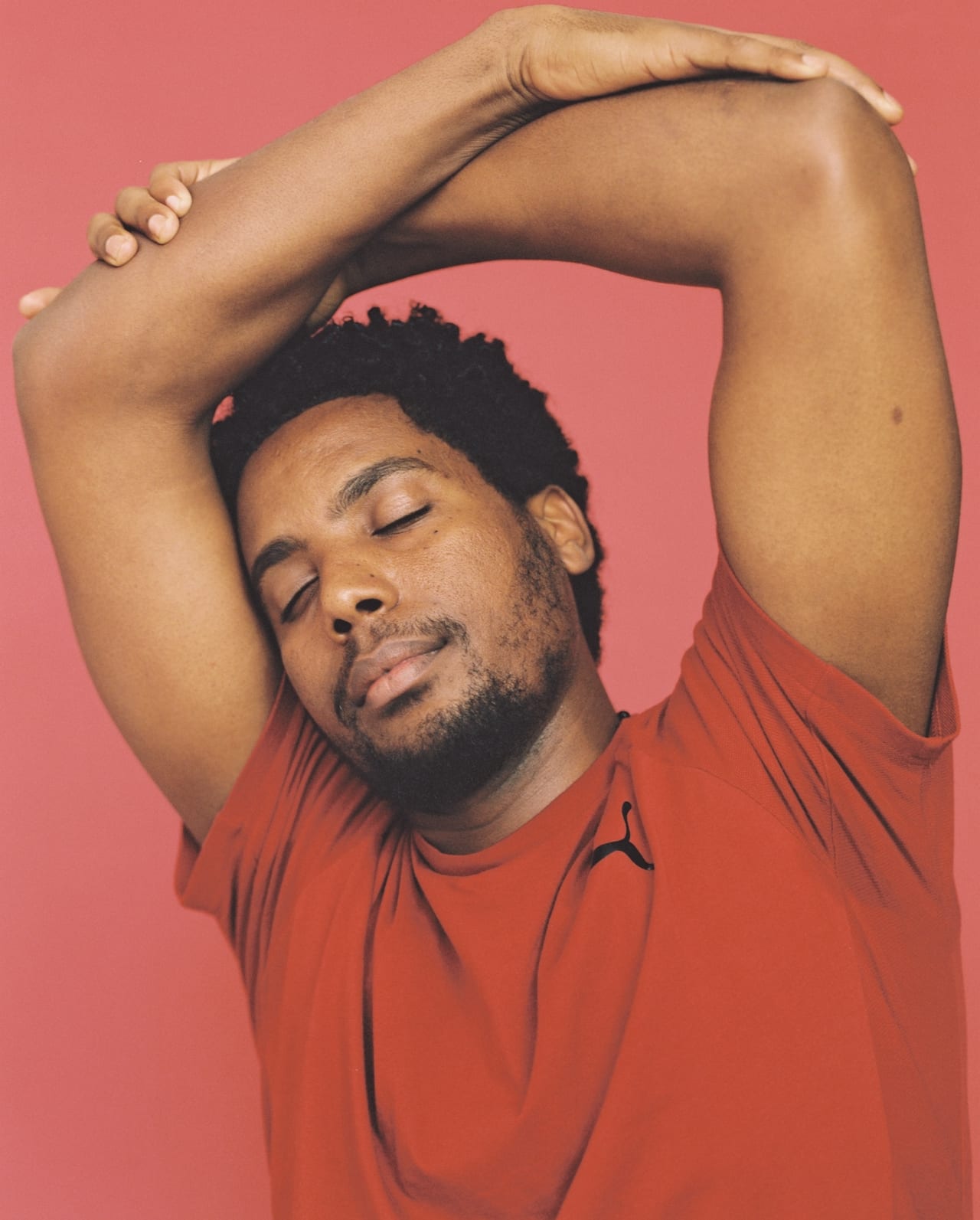
Yuel Elob just saved up to buy a fixie bike, “just for fun, because I love cycling so much”. Daniel loves music and DJ-ing. Bada Yusuf volunteered at Pride’s pop-up shop last year, and met a group of people who are now “all friends, and I have parties at my house”. They sound like typical young Londoners but their stories are anything but – war and persecution meant all three were forced to leave their countries, and start again from scratch in London. Even so all three have found jobs, and Yusuf has nearly finished a Masters.
They feature in an exhibition called Breaking Barriers, which aims to show “the dreams and challenges faced by refugees in the UK”. Co-curated by Rebecca McClelland, who spent seven years as a photographic editor at The Sunday Times Magazine before becoming the New Statesman’s first photographic lead, the show features portraits by world-famous image-makers such as Diana Markosian, Nick Waplington, Adam Broomberg and Oliver Chanarin.
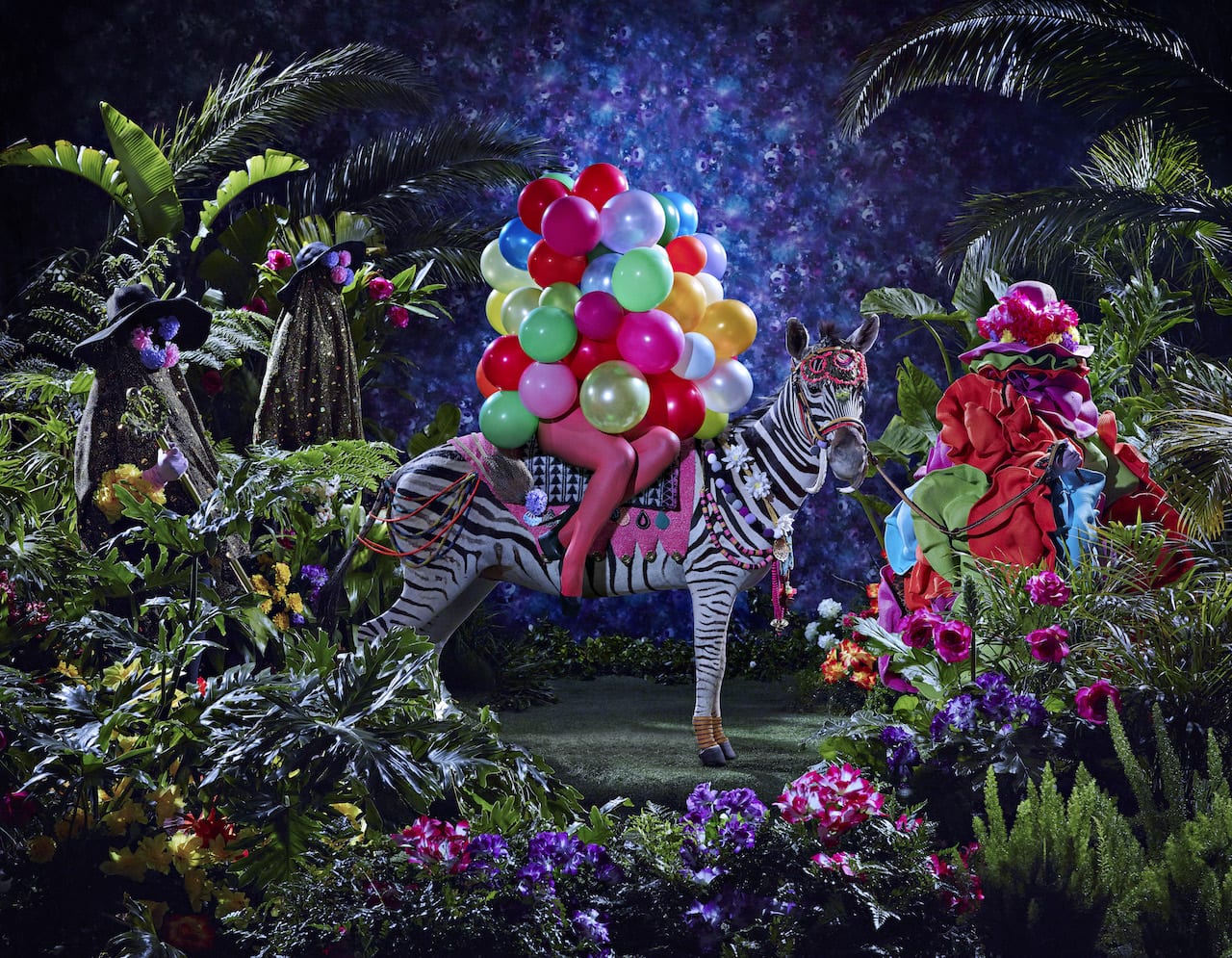
“This is a unique time for African photography,” says curator Ekow Eshun. “There’s a wave of thrilling, artistically ambitious talent emerging across the continent.”
He’s gathered some of the best of it for a new show called Africa State of Mind, opening this week in New Art Exchange – the UK’s largest space devoted to culturally diverse contemporary visual arts. Including artists such has Emmanuele Andrianjafy, Sammy Baloji, and Musa N Nxumalo, the exhibition shows off talent from a new generation of African artists, exploring how they interrogate the idea of ‘Africanness’ in their work, and ‘Africa’ as a psychological as much as a physical space.
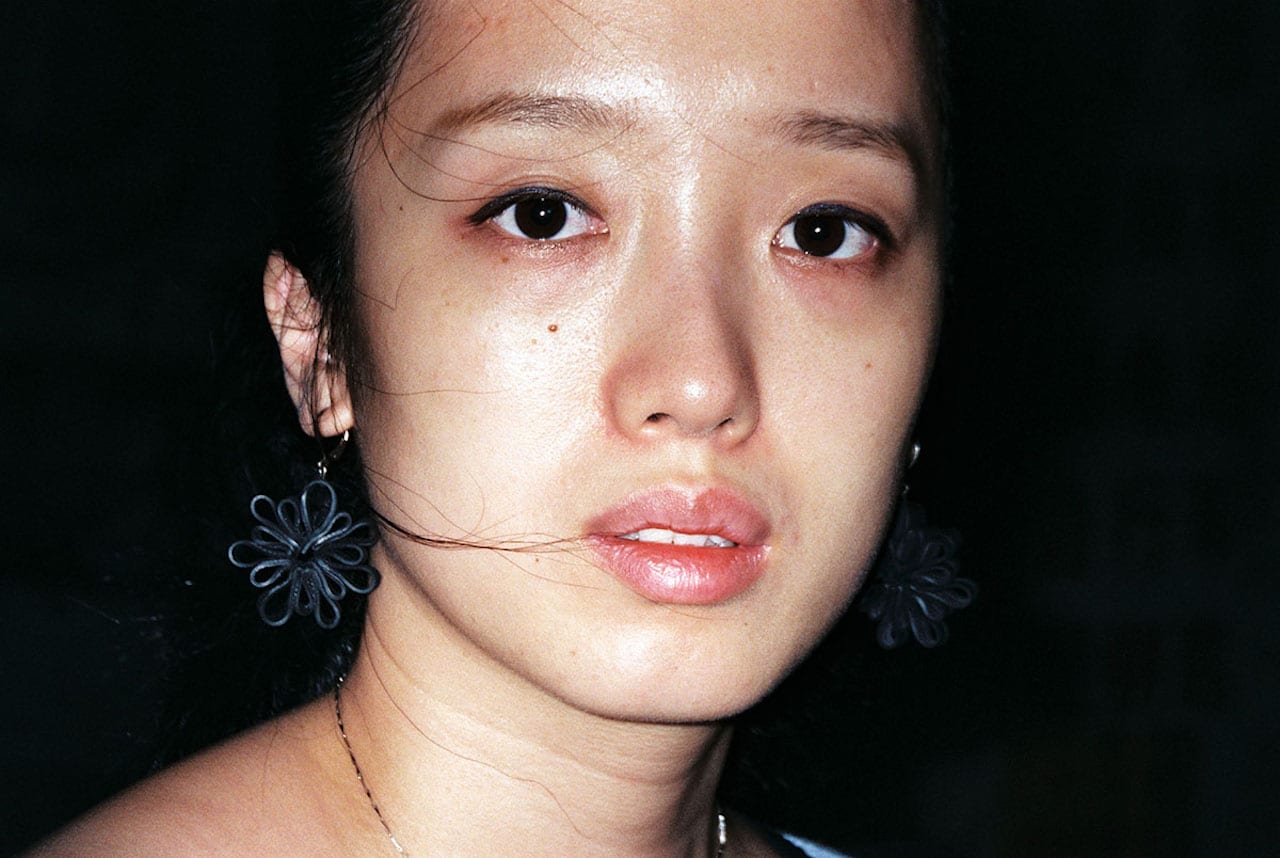
Founded in 2015 by Chinese photographer RongRong (who also also founded China’s first photography museum, Three Shadows Photography Art Centre) with Sam Stourdzé, director of Rencontres d’Arles, the Jimei x Arles International Photo Festival is the biggest of its kind in China. It returns this November with 30 exhibitions by over 70 artists, including shows brought over from Arles and exhibitions devoted to emerging Chinese image-makers.
The Jimei x Arles Discovery Award nominees features work by ten new Chinese photographers, for example – with one image-maker selected from the show to win 200,000 RMB plus a place in Arles’ prestigious Discovery Awards. This year the nominees are: Coca Dai (1976), Hu Wei (1989), Lei Lei (1985), Pixy Liao (1979), Lau Wai (1982), Shao Ruilu (1993), Shen Wei (1977), Su Jiehao (1988), Wong Wingsang (1990), and Yang Wenbin (1996)
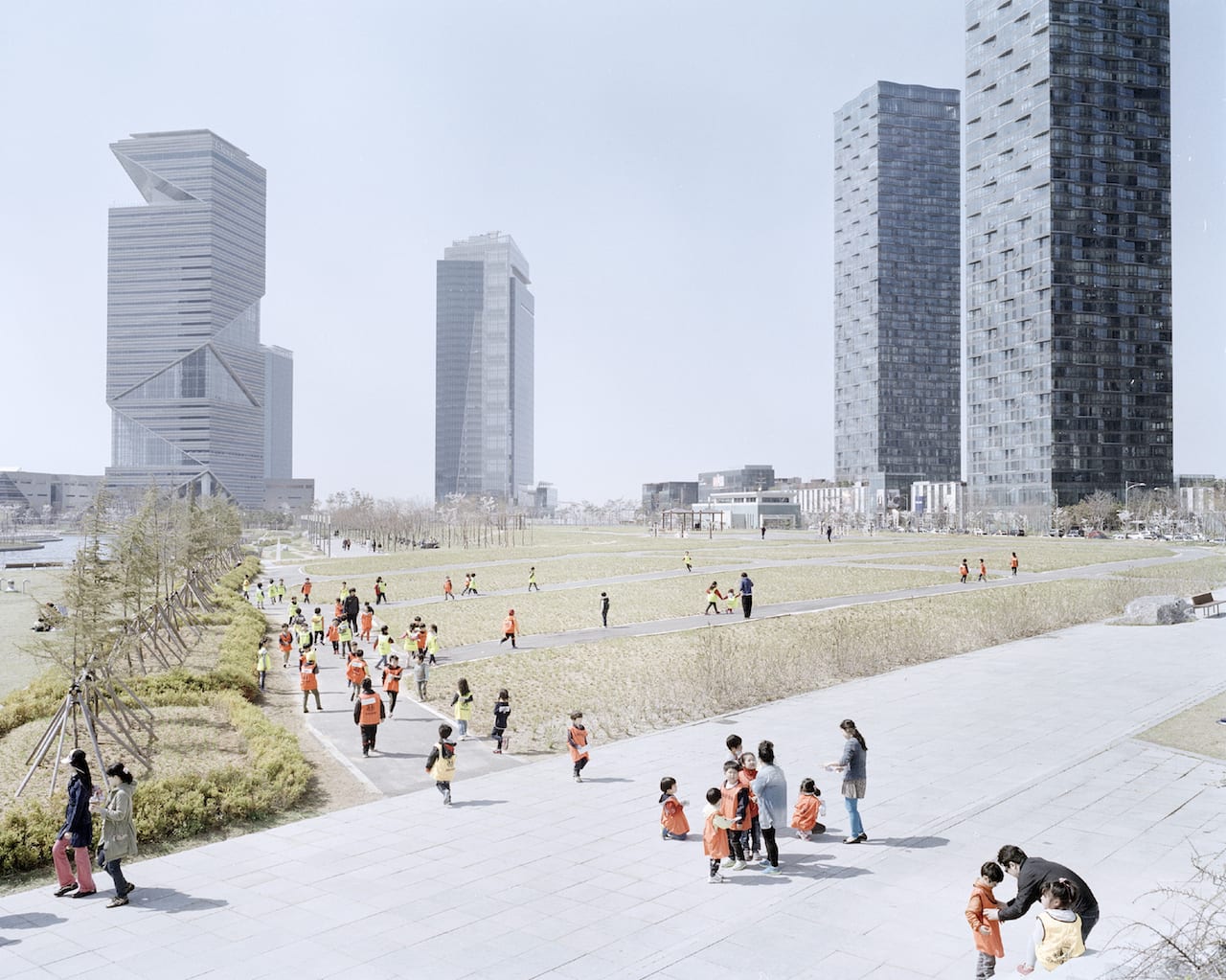
Set up 14 years ago, Getty Images’ Reportage Grant awards “front-line photojournalists from around the world for projects with a strong visual narrative”, aiming to help them pursue long-term documentary projects. This year, the three selected photographers have won with very different projects – Giulio Di Sturco with Aerotropolis, The Way We Will Live Next; Léonard Pongo with The Uncanny; and Rose Marie Cromwell with King of Fish.
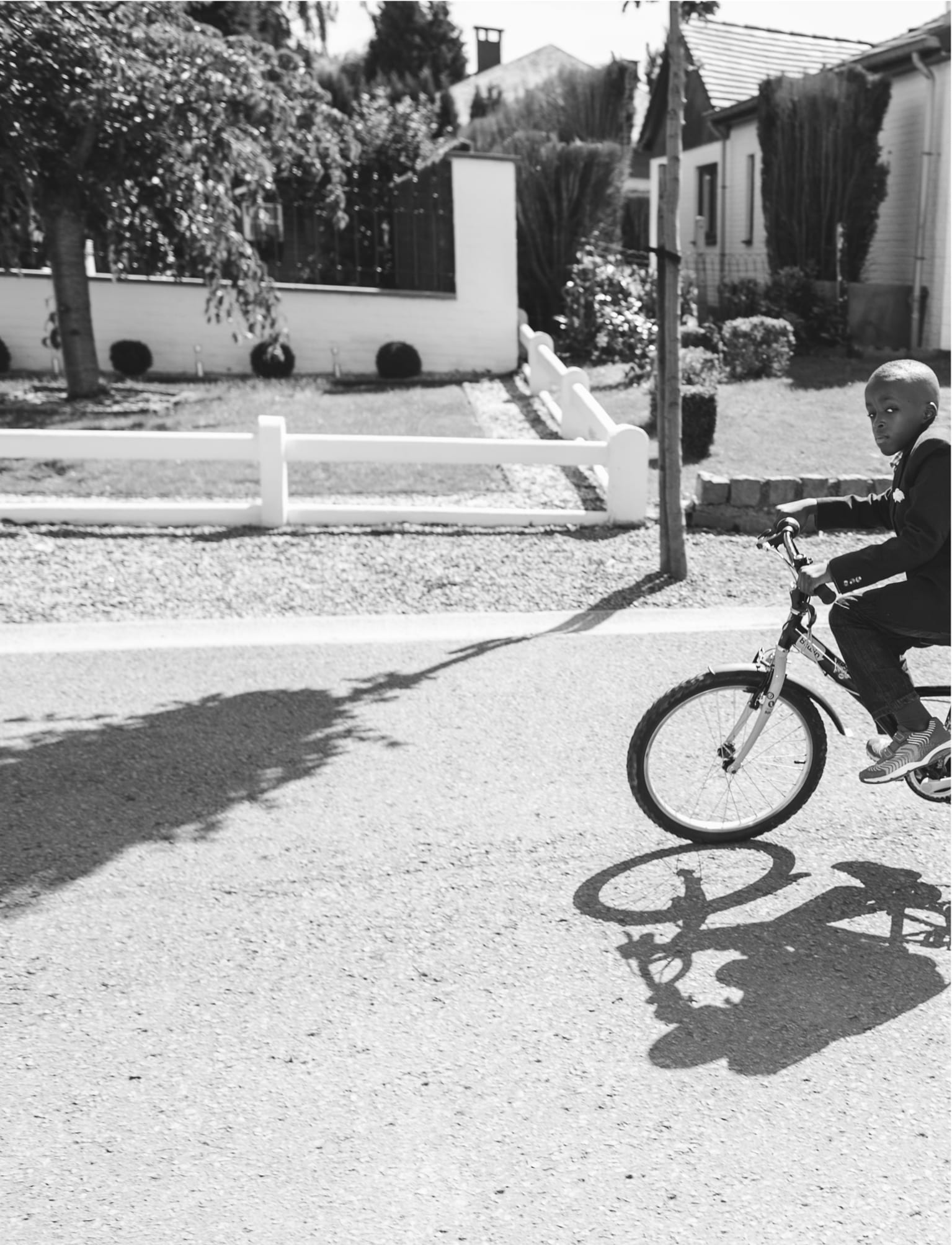
Brussels-based photographer Rebecca Fertinel has won the Unseen Dummy Award with her book Ubuntu. The book was shot in a Congolese community in Belgium, which Fertinel first visited in August 2015, when she was invited to a wedding by a friend. Whilst there she was introduced to a warm and friendly society, and the concept of “ubuntu” – the idea that “you become a human being by connecting with everything and everyone”.
The judges were particularly impressed with the editing of Fertinel’s book proposal which, they say, “transforms documentary photography into an unexpected narrative flow of community events”. The images move from one party to another party to a funeral, for example, the latter creating “a kind of breaking point” in the middle of the book, creating “a kind of dance where you don’t know what comes after”, and thereby summing up something about life.
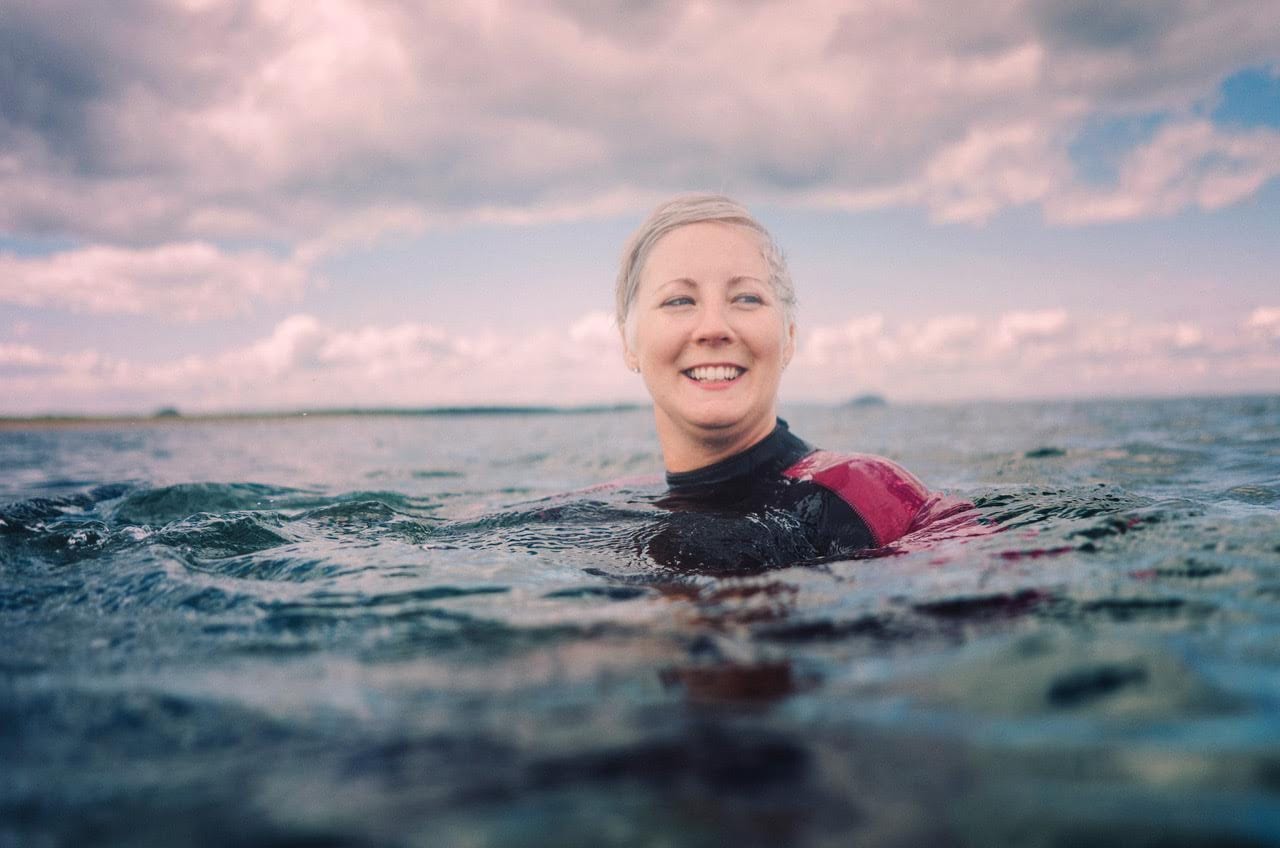
“A lot of people have thought of marking the centenary,” says Tracy Marshall, director of development and partnerships at Open Eye Gallery and co-director of Northern Narrative arts initiative. “But they just haven’t managed to do it.”
We’re talking about the 209 Women initiative, in which 209 photographers are taking portraits of the 209 women MPs in the UK parliament. It does seem like a project that was asking to happen, with 2018 marking both 100 years since (some) women got the vote here, and also the year that the first female MP was elected in this country. But, with 418 photographs and politicians to co-ordinate plus many, many other stakeholders and committees, actually achieving it has been quite a feat. What’s seen it through has been teamwork, with the photographer and academic Hilary Wood, who came up with the idea, getting together with hundreds of other women – and men – to make it happen.
“It’s been a huge collaborative effort,” she says. “We had to take it to the Speaker’s Advisory Committee on Works of Art to get it approved, and we then had to ask each MP individually if they wanted to get involved. The fact that they overwhelmingly gave their support shows how relevant this project is. And what I was really pleased about was that we got cross-party support – every single party is involved.”

Born in Tehran, Iran, in 1988, Hashem Shakeri studied architecture in TAFE (New South Wales Technical and Further Education Commission of Australia), and started his professional photography career in 2010. In 2015 he was Commended in the Ian Parry Scholarship, and in 2017 his images were included in the Rencontres d’Arles exhibition Iran, Year 38, alongside work by photographers such as Abbas Kiarostami and Newsha Tavakolian.
Shakeri’s ongoing series on climate change in Sistan and Balouchestan looks at the effect of drought in the Iranian province, which is located in the southeast of the country, bordering Afghanistan and Pakistan. It has been suffering from drought for the last 18 years, which has created severe famine in a region once famed for its agriculture and forests. “Nowadays, the Sistan region has faced astonishing climate change, which has turned this wide area into an infertile desert empty of people,” writes Shakeri.
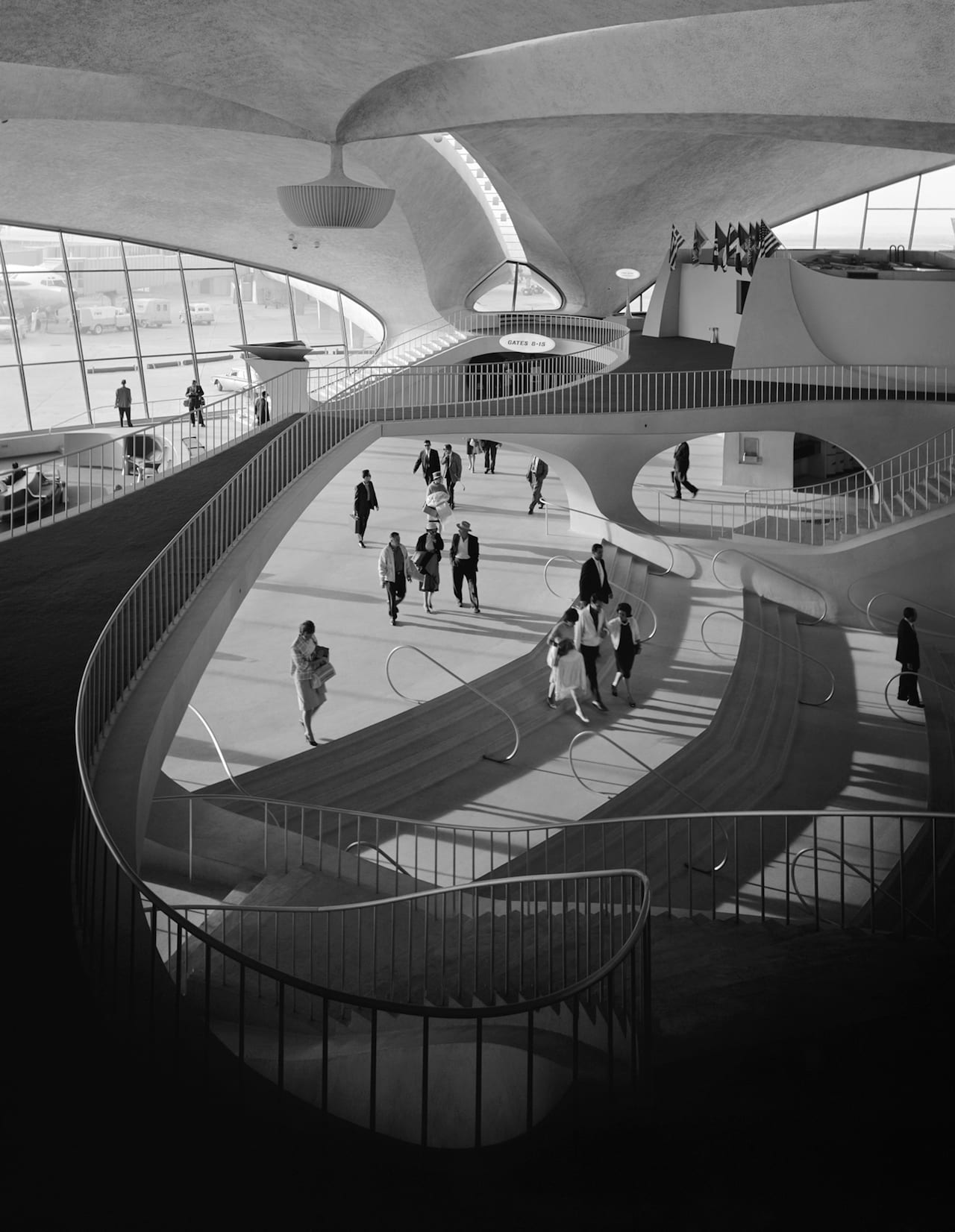
“Photography is just a medium. It’s like a typewriter,” said Ezra Stoller in an interview in 1991. “Photography as an art doesn’t interest me an awful lot.” Even so, he raised architectural photography to an art form, capturing the smooth lines of American modernism in its heyday, as well as lesser known industrial images.
Born in Chicago in 1915, Stoller grew up in New York and studied architecture at NYU, getting into photography while still a student. Launching his career in the late 1930s, he worked with Paul Strand in the Office of Emergency Management from 1940-41 and, post-war, was perfectly poised to take advantage of the American economic boom. Frank Lloyd Wright, Ludwig Mies van der Rohe, Louis Kahn, Le Corbusier, Eero Saarinen and Marcel Breuer – he shot work by them all, including iconic buildings such as The Guggenheim Museum, Kennedy International Airport, and the Fallingwater house.